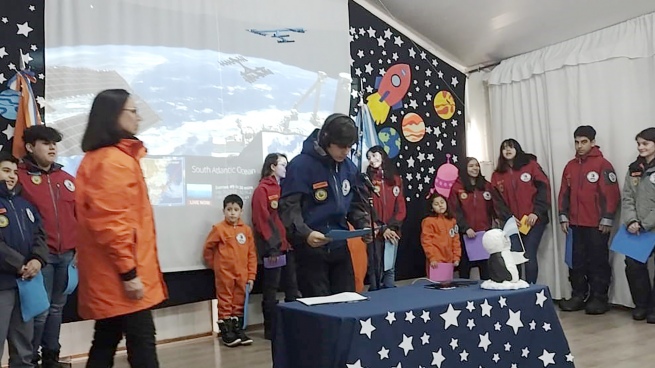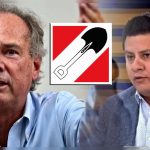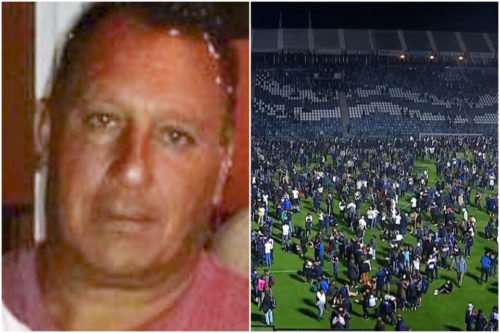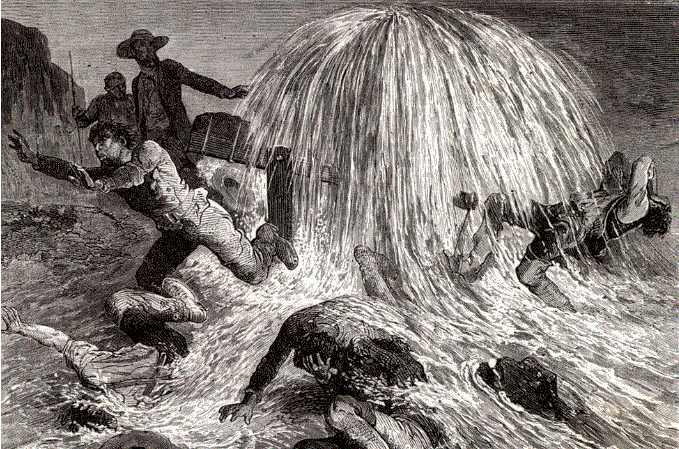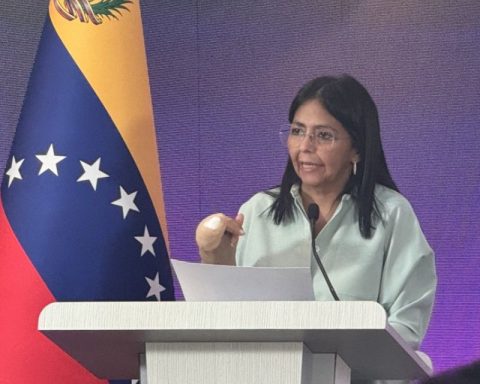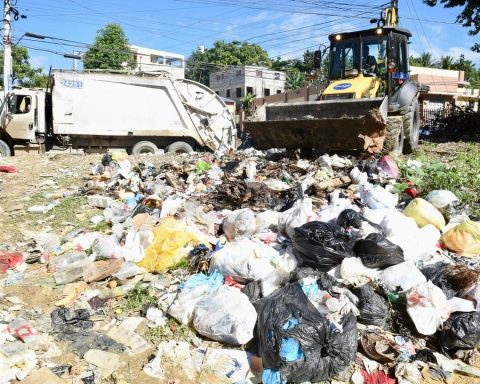Students of the school Nº38 “President Raúl Alfonsín” of the Esperanza Base, in Antarctica Argentina, today carried out an unprecedented event by engaging in a live conversation for the first time with an astronaut who is in the International Space Station (ISS for its acronym in English).
The eight-minute contact made between 12:17 and 12:25 Argentine time allowed thirteen of the fifteen students of the educational institution (between 6 and 16 years old) to ask questions of the American astronaut Kjell Lindgren, who answered by radio from the gigantic satellite that orbits the earth 400 kilometers from its surface and while moving at about 27,800 kilometers per hour.
The students questioned Lindgren about his assignments and life in space, as well as his personal experiences.
“How does the Earth look from space?” asked one of the Argentine boys, and the astronaut replied that “it is incredible to be able to see it from here, its curvature, its shapes, its colors. It is beautiful,” he said.
The initiative was part of the ARISS (Amateur Radio on the ISS) program, which in turn integrates a project of volunteer radio amateurs from different parts of the world with space agencies to “put students in contact with astronauts”
Another student wanted to know about his first trip, and Lindgren recalled that it was in 2015, and that time he arrived at the launch pad, looked at the rocket, and was soon reunited with his classmates. “It was a dream come true,” she assured.
The American also replied that they work “twelve hours a day” on the ISS, that there “there are no less important tasks” because “all procedures have their relevance and most are repairs, but also research activities.”
Later, to more specific questions, the astronaut replied that they eat “prepared menus, many of them with chicken, vegetables and snacks”, and that to go to the bathroom they use “a device similar to a vacuum cleaner with a tube that sucks up and absorbs the stool. “.
For fun or entertainment, they communicate with their families and friends on Earth, although they also “spend a lot of time looking at the landscape through the windows.”

One of the Antarctic students wanted to know about the origin of the astronaut’s vocation, and replied that he saw many movies and read many books, and from there his interest “in space issues” arose.
“I would tell anyone who wants to be an astronaut to do their best, to work hard, but if they don’t achieve their goal of being here, take advantage of the journey and dedicate themselves to the many activities that exist to study space from Earth,” he advised. the crew member of the International Space Station.
Already at the end of the conversation, he thanked the staff of the Esperanza Base “for the service they are providing in Antarctica” and the “organizations that make this type of connection possible.”
For contact with the ISS, base members gathered in a school room, with adults and students dressed in the classic orange Antarctic uniform.

The base doctor, Pamela Di Marco, moderated the conversation, which took place entirely in English, passing a headset with a microphone to each student who moved to the front of the room to ask each question.
At the end, all those present applauded and were excited for having been able to make the contact that they described as “historic”.
The teacher and director of the Antarctic school, Soledad Otaola, also participated in the meeting and once it was over, she defined it as “a very exciting moment”.
“I think it’s very difficult to gauge what it means to be in Antarctica talking to someone in space. It’s something wonderful, an unforgettable experience,” Otaola said in a dialogue with Télam.
He also said that “the boys enjoyed it and it seems to me that only at that moment did they become aware of what they were starring in. I saw their faces with emotion. They understood that it was something historic that will not be repeated in their lives” the teacher pointed out.

He then explained that after the communication with the ISS he greeted and congratulated all his students: “We hugged and cried. We feel that we are part of a true Antarctic family,” he said.
Contact between Antarctica and space was made within the framework of the Ariss program (Amateur Radio on the ISS) created and managed by an international consortium of amateur radio organizations and space agencies, including NASA in the United States, with the aim of awakening interest in scientific disciplines such as engineering or mathematics.
The government of Tierra del Fuego clarified in a statement that the initiative was also promoted by the organization Ciencia, Educación y Tecnología united by Amateur Radio (Cetra), one of whose referents is Luis Funes, a radio amateur from San Luis (known for his LU8YY/Q license) that has already participated in similar ventures.
Funes is a retired teacher, passionate about communications, who has already managed to contact San Luis students with Lucas Parmitano, an Italian astronaut who orbited the Earth at 400 kilometers.
The Antarctic Joint Command (Cocoantar) and the Fuegian Ministry of Education, among other organizations, also added different types of collaborations to the event.
The staff of school 38, which this year celebrates its 25th anniversary, is made up of thirteen boys, girls and adolescents between 3 and 16 years old, including the children of the couple of teachers, Paula, 16, Danilo, 7, and Fausto, 3
The International Space Station, considered one of the most expensive objects built by man (between 150 thousand and 200 billion dollars), is maintained and managed by the American, European, Russian, Japanese and Canadian space agencies, in addition to the countries that collaborate sporadically.
Lindgren, the astronaut who spoke with the students at the Esperanza Base, is North American although born in Taiwan, he is 49 years old and in 2009 he was selected as a member of the group of 20 NASA astronauts.
The staff of school 38, which this year celebrates its 25th anniversary, is made up of thirteen boys, girls and adolescents between 3 and 16 years old, including the children of the couple of teachers, Paula, 16, Danilo, 7, and Fausto, 3 , while the older children, Dana and Nicolás, chose to stay in the family home in the Fuegian city of Río Grande, where they study and work.
Otaola, a 41-year-old from Jujuy, and her husband Denis Barrios, a physical education teacher from Corrientes (46), were selected last year to complete the first school year at the base after the coronavirus pandemic that forced activities to be canceled during one year due to health restrictions.
